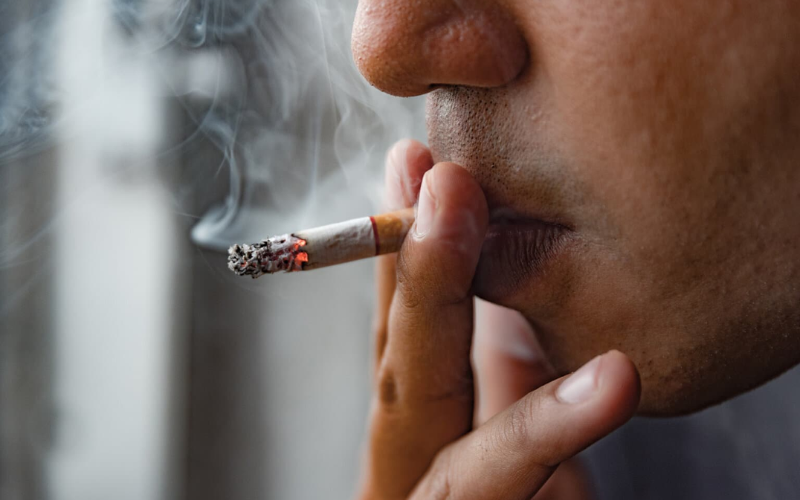
By West Albany Dental
Is a sudden toothache keeping you awake at night? Dental pain can disrupt your life and worsen quickly. Recognizing a dental emergency can save your teeth and protect your health. Ignoring urgent dental issues may lead to severe complications like infections or tooth loss. Acting fast can make all the difference.
This guide will help you understand what counts as a dental emergency. You’ll learn about common issues, how to respond, and when to seek help. Knowing what to do ensures you don’t delay care when it matters most. Whether it’s a knocked-out tooth or severe pain, staying informed is key to safeguarding your smile.
Understanding Dental Emergencies
A dental emergency involves any condition needing immediate attention to relieve pain, stop bleeding, or prevent infection. These situations are often unexpected and require prompt care from a professional.
Ignoring a dental emergency can have serious consequences. An untreated toothache, for instance, may lead to an abscess, a dangerous infection. Severe swelling or bleeding could indicate a larger issue impacting your health.
Timely action is critical. Delaying care can increase pain and risk permanent damage. Knowing when to act allows you to preserve your teeth and protect your health.
Common Types of Dental Emergencies
Dental emergencies can vary in severity, but all require prompt attention to prevent further damage or complications. Below are common types of dental emergencies, how to identify them, and why immediate care is essential.
a) Severe Toothache
A toothache might initially seem manageable, but it can quickly escalate into a dental emergency. Symptoms of a severe toothache include sharp or throbbing pain, swelling, or sensitivity to hot and cold. Common causes include tooth decay, gum disease, or an abscess—a serious infection around the tooth or gums.
A toothache becomes an emergency when the pain is intense, persistent, or accompanied by swelling or fever. Such symptoms may indicate a deeper infection or damage that needs immediate professional care. Delaying treatment could result in the infection spreading or permanent tooth loss.
b) Broken or Chipped Tooth
Broken or chipped teeth can occur from biting into something hard, accidents, or sports injuries. While small chips might not seem urgent, larger breaks can expose the tooth’s nerves, leading to sensitivity or pain.
It is an emergency if the chipped tooth has sharp edges that could cut your tongue or cheeks or if the break causes significant pain or bleeding. Avoid chewing with the affected tooth in these cases and seek dental care immediately to prevent further damage or infection.
c) Knocked-Out Tooth
A knocked-out tooth is one of the most urgent dental emergencies. It typically happens during sports activities, falls, or accidents. Acting quickly is critical to save the tooth and restore your smile.
If a tooth is knocked out, handle it carefully by the crown, avoiding the roots. Rinse it gently with water, but do not scrub it. If possible, place the tooth back in its socket and hold it there. If reinsertion isn’t feasible, store it in milk or a saline solution to keep it moist. Get to a dentist immediately, as the chances of saving the tooth are highest within the first hour.
d) Abscess or Infection
A dental abscess is a painful pocket of pus caused by bacterial infection. Symptoms include severe toothache, swelling in the face or gums, fever, or a bad taste in the mouth due to drainage.
Abscesses are serious conditions requiring urgent dental care. If untreated, the infection can spread to other parts of the body, including vital areas like the jaw, neck, or even the bloodstream, leading to life-threatening complications. Seek immediate help if you suspect an abscess, especially if you notice difficulty swallowing or breathing.
e) Bleeding or Swelling
Minor gum bleeding, such as from brushing or flossing, isn’t typically an emergency. However, prolonged or heavy bleeding after an injury or swelling accompanied by pain or pus is cause for concern.
Uncontrolled bleeding could indicate trauma or a deeper issue, such as a severe infection. Swelling, particularly when it restricts breathing or swallowing, is a red flag for immediate care. Do not ignore these symptoms, as they can signify life-threatening conditions.
f) Lost Fillings or Crowns
Losing a filling or crown might not seem like an emergency, but it can expose the tooth to further damage or infection. The exposed tooth may become sensitive to temperature or pressure, causing significant discomfort.
Leaving the issue untreated can lead to additional decay, making future repairs more complicated and expensive. As a temporary fix, cover the exposed area with dental cement or sugar-free gum, and contact your dentist promptly to restore the filling or crown.
What to Do in a Dental Emergency?
Immediate Steps to Take
Start by rinsing your mouth with warm saltwater to clean the area. Use a cold compress to reduce swelling or numb pain. Over-the-counter pain relievers can help, but avoid aspirin as it may worsen bleeding.
When to Seek Help?
Call your emergency dentist if symptoms persist or worsen. For severe swelling or jaw fractures, go to the ER immediately.
Contacting a Professional
Always have your dentist’s contact information ready. Acting quickly can prevent complications and save your smile.
Preventing Dental Emergencies
Prevention is the best way to avoid painful dental situations. Here’s how:
- Schedule regular dental check-ups to catch problems early.
- Use a mouthguard during sports to protect your teeth.
- Avoid chewing ice, hard candy, or other hard objects.
Taking simple steps today can save you from emergencies tomorrow.
When Should You Visit the Dentist vs. Emergency Room?
When to See a Dentist?
Visit your dentist for non-life-threatening issues like severe toothaches, broken teeth, or lost fillings. Dentists can handle most oral health emergencies during office hours.
When to Go to the Emergency Room?
Seek immediate care at the ER for jaw fractures, uncontrollable bleeding, or severe swelling affecting breathing. These situations need urgent attention beyond what a dentist can provide.
Knowing where to go can save time and ensure proper treatment.
Dental emergencies can happen anytime, but knowing how to respond makes all the difference. Identifying urgent issues like severe pain, swelling, or a knocked-out tooth is key. Take immediate steps to protect your health and visit our dentists without delay.








